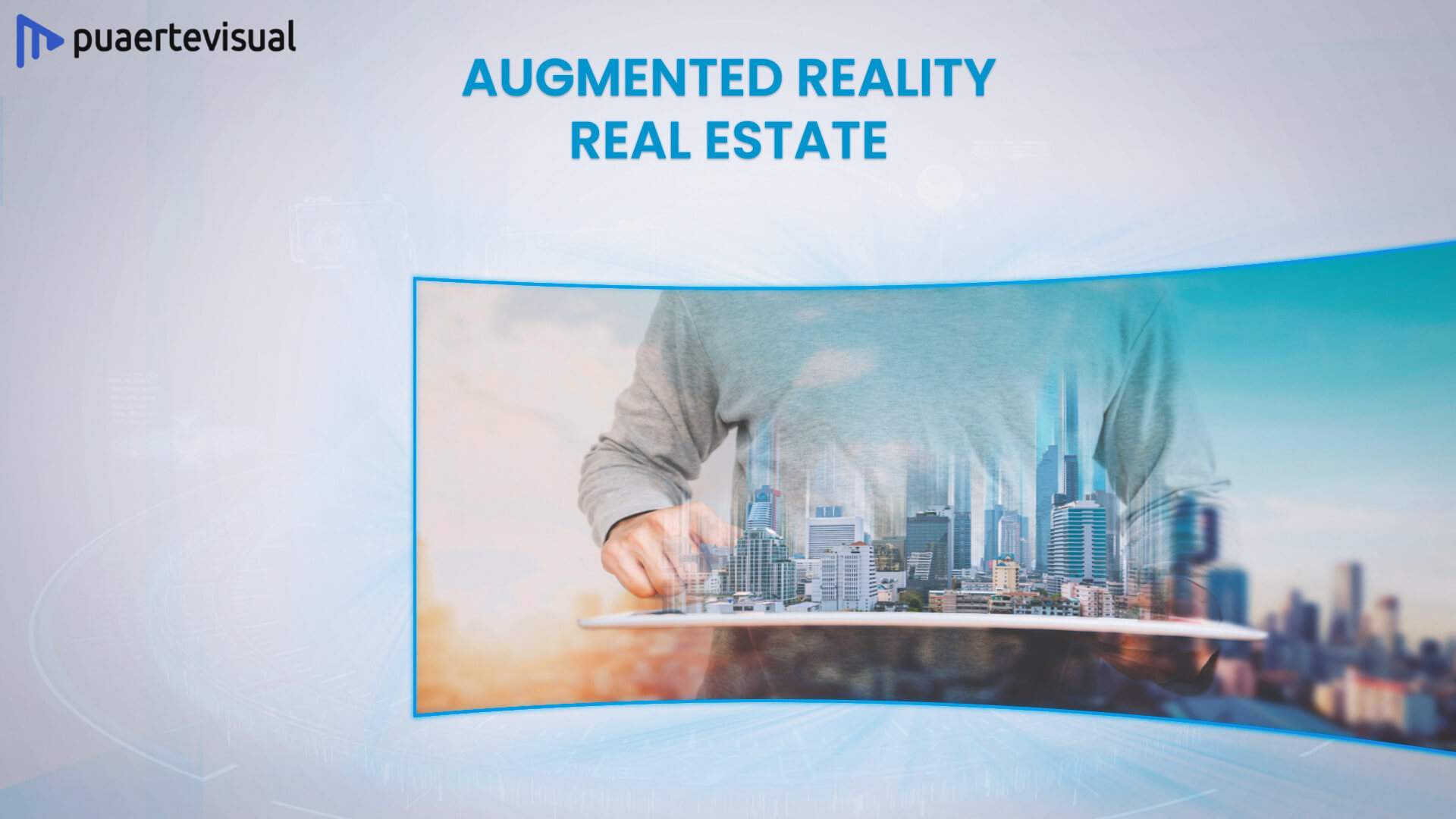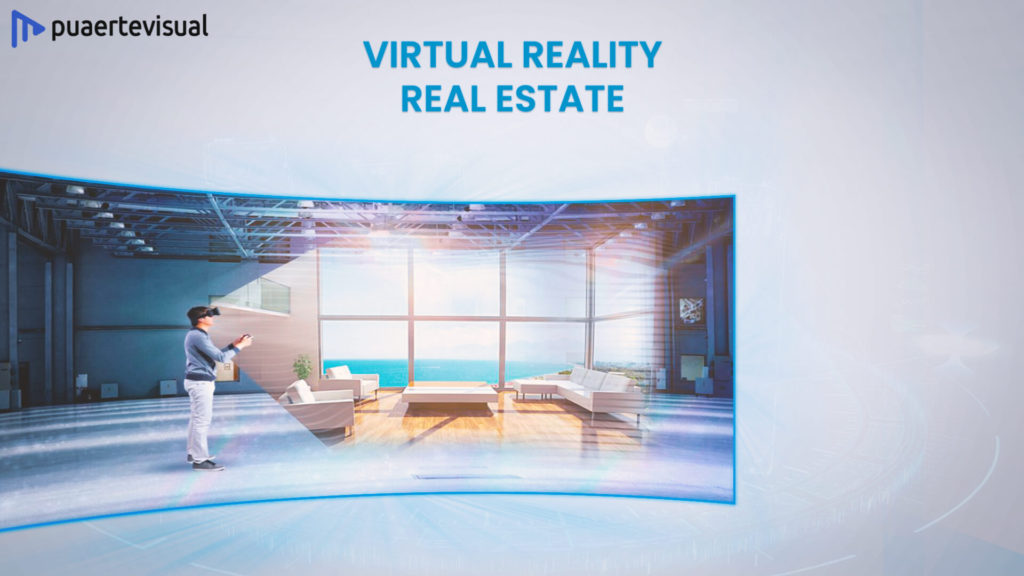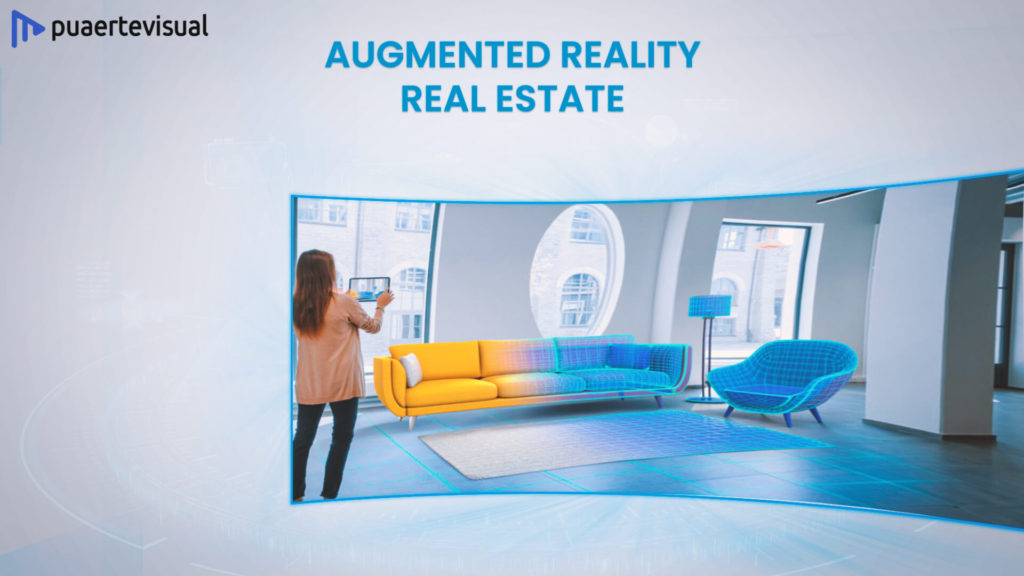
It’s no secret that augmented reality (AR) and virtual reality (VR) are changing the way we experience the world.
In the real estate sector, VR and AR are already starting to change the way properties are marketed and sold. Many countries are starting to make these technologies commonplace already. It’s only a matter of time before VR and AR become the new normal in real estate. In this post, I’ll show you 5 ways in which AR and VR Are Transforming the Real Estate Sector.
What Is AR and VR?
AR and VR are two innovative technologies that are changing the way we live.
AR is the technology that allows you to superimpose digital images onto the real world. You would have used it on apps like Snapchat and Pokémon GO without even realizing it!
VR, on the other hand, is a full immersion experience. You wear a headset that blanks out your vision of physical reality and replaces it with virtual images, sounds, and experiences. VR completely replaces the real world with a near-perfect virtual world.

5 Ways AR and VR Are Transforming the Real Estate Sector
Let’s take a look at 5 ways in which AR and VR are already starting to change the real estate sector:
1) Property Showcase
AR and VR provide prospective property buyers a virtual tour of the home before they decide to buy it. Virtual Tours are of two types – interactive tours and guided visits.
- Interactive Tours – VR/AR creates a completely digital model of the home. This allows users to walk through it and interact with objects within the house. This is much more immersive and realistic than a guided visit.
- Guided Visits – Guided visits are where an audio guide takes you through the house and explains its features. This is a great way to showcase a property to potential buyers. They get a better understanding of what the house looks like and what it has to offer.
2) Property Staging
AR and VR can be used to stage properties before they are put on the market. This is particularly useful for vacant homes as it allows potential buyers to see what a room might look like when it’s furnished.
Real Estate agents can also decorate a property with VR/AR to make it more attractive to potential buyers. VR is often preferred by real estate agents in place of traditional staging. This is great for the environment as there is no need to use physical decorators who may cause damage during their work.
For e.g., VR can be used to show potential buyers the difference between painting a room white and red. This is done without actually making any modifications to the physical walls of the house.
3) Architectural Design
AR and VR help architects with the design process of a new building.
Architects can use VR to see how a building will look in its finished form and they can also use it to test out different designs. VR is also great for presenting ideas to clients as it allows them to experience the proposed design in VR.
AR helps with the design of individual rooms. It shows how a new piece of furniture or décor will look in an existing room. This allows the architects or home buyers to make creative changes to the design.

4) AR/VR Commerce
Imagine being able to walk through a house that you’re interested to buy, and being able to add, remove, and modify things like furniture, accessories, and even the paint job directly from an online store.
Once you’re done setting up your house exactly the way you want it, you get to see exactly the amount that it will cost you to purchase the house with all the modifications included. This is AR/VR Commerce.
Using AR/VR Commerce, real estate agents can provide their clients with a more immersive shopping experience. This makes it easier for them to understand the value of the place that they’re buying. It also allows clients to be more satisfied with their purchases. There is the added advantage of more transparency involved in the financials and pricing models.
5) 24/7 Availability To View Properties
AR and VR provide potential buyers with a view of the property at any time of the day or night. This is especially useful for properties that are located in other parts of the world where it would be difficult for buyers to visit in person.
For e.g., let’s say you live in Australia and you’re interested in a property in the UK. Unless you travel to the UK personally, it would be quite difficult to check out the property during the daytime because of the time difference. Using AR/VR, you can explore the property at any time of your choosing.
VR/AR can also be used to view multiple properties simultaneously, which is great for people who are looking to compare and contrast the differences between various properties that they have shortlisted.
Conclusion
These are just a few of the many ways that VR and AR are changing the real estate sector. As these technologies continue to evolve, we can expect even more amazing things to come from them. For now, enjoy exploring the possibilities that VR and AR have to offer! Make sure you check out the rest of our blog to learn more about AR and VR in Real Estate and how it’s going to be the future!
